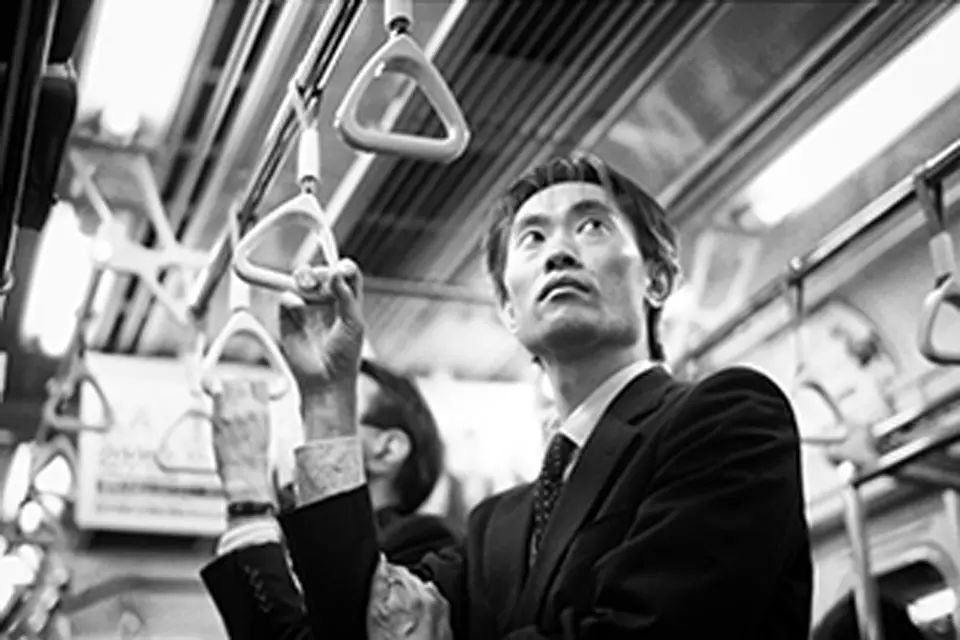"I'm better for it and I prefer to keep things simple and see what sounds I can get out of my head and hands rather than relying on a sound that someone else created."
— Andy Summers
Since the 1970s, Andy Summers has been one of the great guitarists of his generation. As the guitarist of The Police, he gained worldwide fame alongside singer Sting, but also as a solo artist. Since the 1980s, Andy Summers has also made a name for himself internationally as an art photographer. Several successful international exhibitions and book publications followed, highlighting his exceptional talent in photography. Andy Summers' work depicts images full of poetry and mood, often in black and white, taking us into his world. With his Leica camera in hand, he captured street scenes and portraits during his many travels across different continents, always focusing on the artistic moment. Through 75 works, we journey with Andy Summers, seeing the people he encountered during these travels. From the USA and South America, through Europe to China and Japan. Concurrent with the exhibition at Leica Gallery Amsterdam, Andy Summers' work is also on display at Leica Galleries Ginza and Kyoto, Japan.
The exhibition in Amsterdam also features a series of small prints made during The Police concert tours.
Since 1979, the year The Police delivered a legendary performance at Pinkpop, Summers has also been an avid photographer. In 2012, he made the film "Can't Stand Losing You," based on his eponymous autobiography, in which his photography forms an important thread. The photos, taken between 1979 and 2018, show a preference for night shots and span a wide geographical area, from the Altiplano of Bolivia to the streets of Golden Gai in Tokyo. They exhibit a sense of intimacy, surrealism, and situations that can be described as in medias res, right in the middle of the action. Summers suggests that his photography may have been influenced by his fascination with music and that photography serves as a visual counterpart to the music constantly playing in his head. Just as his musical preference can be described as a penchant for the melancholic, convulsive melodic line, the dark chord, and the wandering note, he is also drawn to a sultry minor key photography in his visual practice.
Leica Gallery Amsterdam
Van Baerlestraat 74
1071 BA Amsterdam The Netherlands
荷兰
Sunday: 12-17

